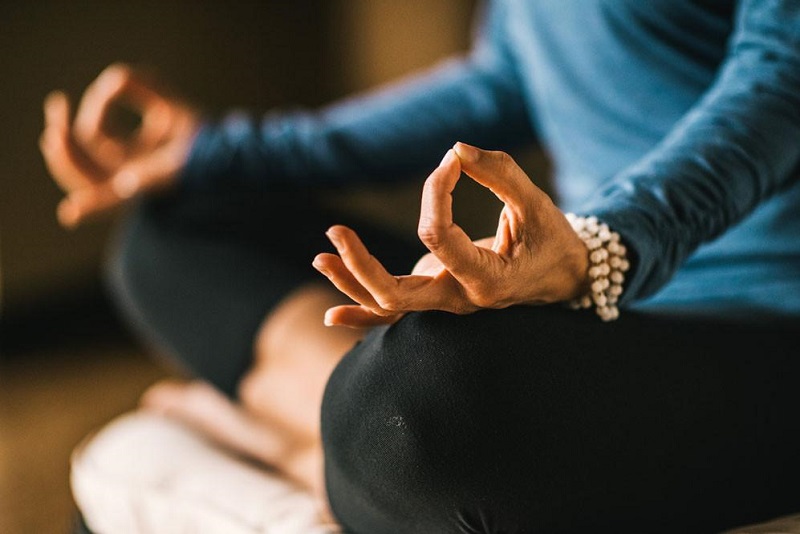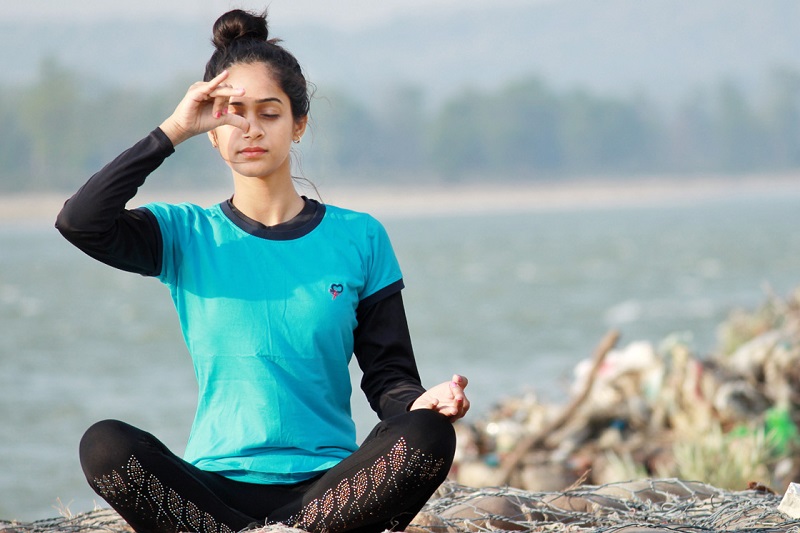Meditation and concentration Exercise to feel calm

True Meditation resides in raising the thought by focusing the mind in a subtle way through practical and concentrated methods. Likewise, scientific techniques of Meditation are applied, focused and aligned in the supra-consciousness (the pure mind).
This healthy discipline brings multiple internal and external benefits in the short and medium-term. Through the art of complete attention, translated as concentration (Dharana), you can reach inner calm and self-knowledge. Closing the “telephones” of the senses will help the internalization of the mind, which will be able to concentrate and reach the state of Meditation.
The steps towards the art of concentration are very simple and beneficial for health and the quality of physical, emotional, mental and spiritual life. It takes a strong conviction and determination to understand the scientific steps that bring us closer to the true state of inner peace and calm.
Concentration and Meditation Exercise
As an act of will, the art of concentration will balance and harmonize the day-to-day. The order of domestic life is of utmost importance to be able to enter the battlefield without worries: the physical body. Taking a consistent posture of body and mind, we will make ourselves available for practice.
Tips:
- Body Posture (Dhyana or chair)
- Thoughts (phrase)
- Sensations
- Inner senses (disconnect sensory distractions)
- Gentle breathing
- Focus, sight and nostrils
- Concentration
Taking a consistent posture of body and mind we will be available to practice meditation exercises and feel calm.
Position
Sit in a chair with your back straight but not stiff, in a quiet place conducive to practice. Place the chin parallel to the ground, keeping the spine in line with the head.
The crown (top of the head) points towards the sky; the feet are barefoot (they can be in stockings), resting with the sole on the ground and, as far as possible, on a blanket. In the event that the feet do not reach the ground, they should be placed under them, for example, books or something that generates the height for support.
The knees must be parallel. You can also adopt another posture: that of Dhyana, with their legs crossed, sitting on the floor on a blanket. In both options (chair or Dhyana), you can rest your back on the back of the chair or on the wall if necessary. Place your hand’s palms up on your thighs or knees.
Step by Step
The eyes are semi-open, focused on a point in front of you (you can place a mandala or photo of Nature that generates calm and observe it). Stay here for 2-3 minutes.
Part 1
Then, carefully observe your sensations to begin to inhale gently through the nose. Become aware of the nostrils, and exhale carefully through the nose.
As you breathe in slowly, say internally: “I breathe in slowly.” As you breathe out slowly, say internally: “breathe out slowly.” In this way, you will exercise for approximately 3 to 5 minutes. Then exhale 3 times through the mouth, purifying.
Part 2
As you inhale, repeat internally: “I perceive the whole body,” and when exhaling, say internally: “I perceive the whole body.” Stay here for about 3 to 5 minutes. Always with semi-open eyes, observing the image of the mandala or photo. At the end of the aforementioned time, exhale 3 times through the mouth, purifying.
Part 3
In this last part, close the fists with the thumb inside and rest the fists with the palms down on the knees. Perceiving a state of internal happiness, continue inhaling through the nose, repeating internally when inhaling: “thus I calm the mind. As you exhale, say internally: “This is how I calm my mind” for 3 to 5 minutes.
Then, in the end, exhale 3 times through the mouth, purifying. Thanking you for the practice, place your hands with your palms together in front of your chest in greeting, perceiving a refreshing feeling.




